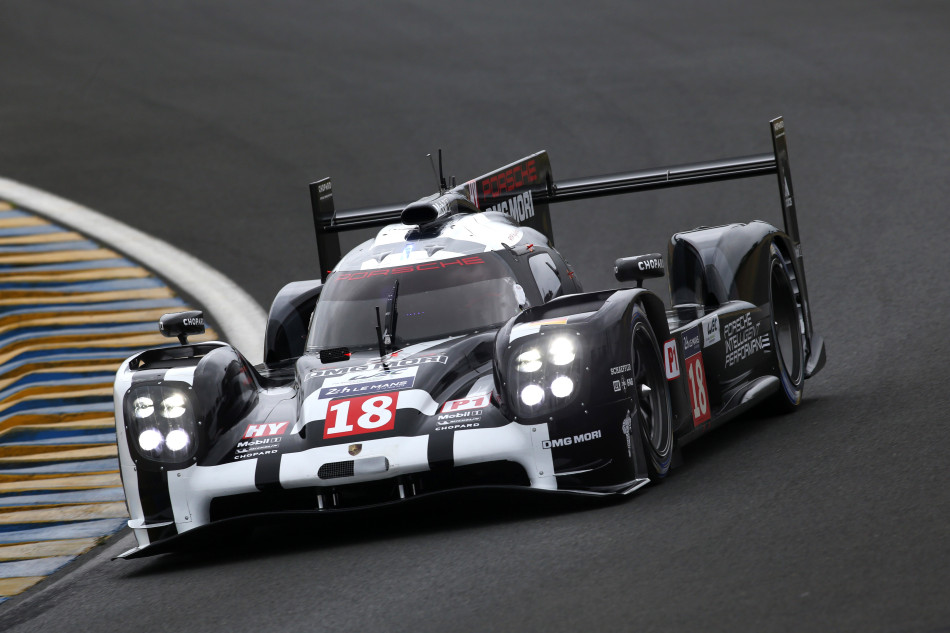WEC - WHAT’S NEW ON THE TECHNICAL FRONT AHEAD OF 6 HOURS OF NURBURGRING?

We take a brief look at what has been changed for the remaining 6-hour races:
LMGTE
After a review of the opening races in the season, various alterations to the Balance of Performance in the GTE classes have been announced. The Aston Martin Vantage V8s in both the LMGTE Pro and Am classes have a 0.5mm air restrictor size reduction, while the Porsche 911 RSRs have been given a 10kg weight decrease in LMGTE Pro and a drop of 15kg in the Am category.
The Corvette C7R entered by Larbre Competition in the GTE Am class is awarded a fuel capacity increase of 5 litres and a larger refuelling restrictor, while the Ferrari F458 Italias in that same class will have to run with an added 15kg of weight.
LMP1 tyre allocations
With Nürburgring being a new track for 2015, the number of slick (dry weather) tyres available for use by LMP1 competitors has been amended, with teams being given two additional sets for use during qualifying and the 6-hour race.
Free Practice Sessions: 16 (4 sets)
Qualifying + Race: 32 (8 sets)
Single tyre at any time: 2
LMP1 fuel
Following Le Mans, the FIA Endurance Committee confirmed the Equivalence of Technology (EoT) table for the remainder of the 2015 season and the first part of next year, up to and including the 2016 24 Hours of Le Mans. The EoT governs the amount of fuel that is allowed to flow to the engine, and differs according to fuel type (petrol or diesel) and the MegaJoule (MJ) class that cars run in.
For the diesel-powered Audi, the adjustment allows an additional 0.5kg/h of fuel flow and a 0.5 litre reduction in fuel tank capacity (down from 54.2 to 53.7 litres).
Porsche and Toyota will see notable cuts, up to 2.2 percent in energy (MJ/lap) and 1.6 percent in maximum petrol fuel flow (kg/h), depending on the hybrid sub-class.
The maximum fuel flow for the 8MJ-powered Porsche 919 Hybrid has been reduced from 88.5 to 87.0 kg/h, per lap of Le Mans, while the Toyota TS040 HYBRID, which competes in the 6 MJ category, faces a smaller reduction from 89.5 to 88.5.
Fuel capacity has been reduced across the board, with petrol-powered hybrids having been reduced from 68.3 to 67.4 litres, and diesels from 54.2 to 53.7 litres.
The privateer LMP1 entries – Rebellion Racing and Team ByKolles – also receive a boost. Fuel flow for the non-hybrid cars is increased by more than 5% from 100.9kg/h to 106.5kg/h. In addition, the maximum fuel capacity has been significantly increased from 68.3 litres to 75 litres with the aim of closing the gap between the manufacturer and privateer competitors.

 Facebook
Facebook Twitter
Twitter






